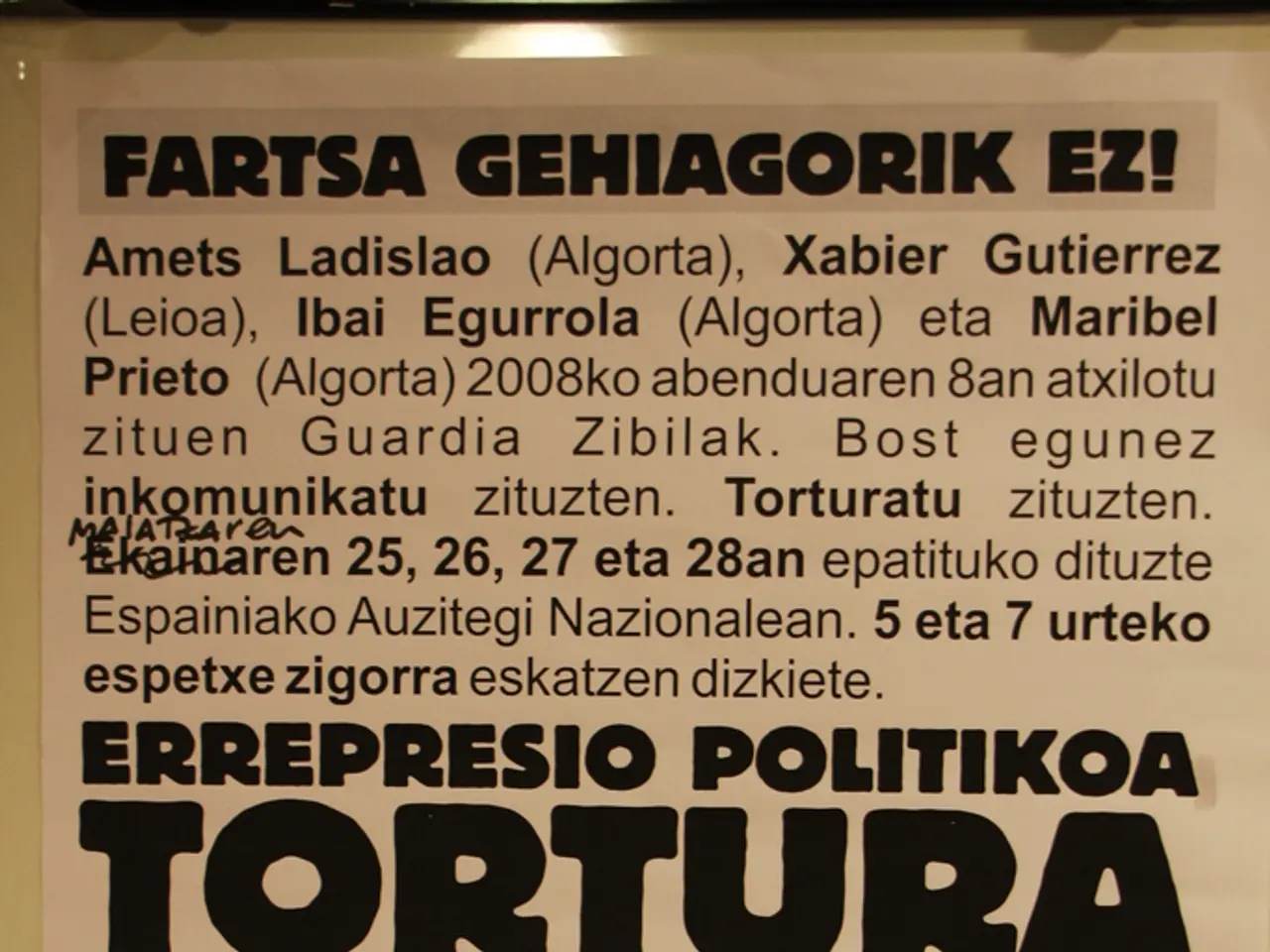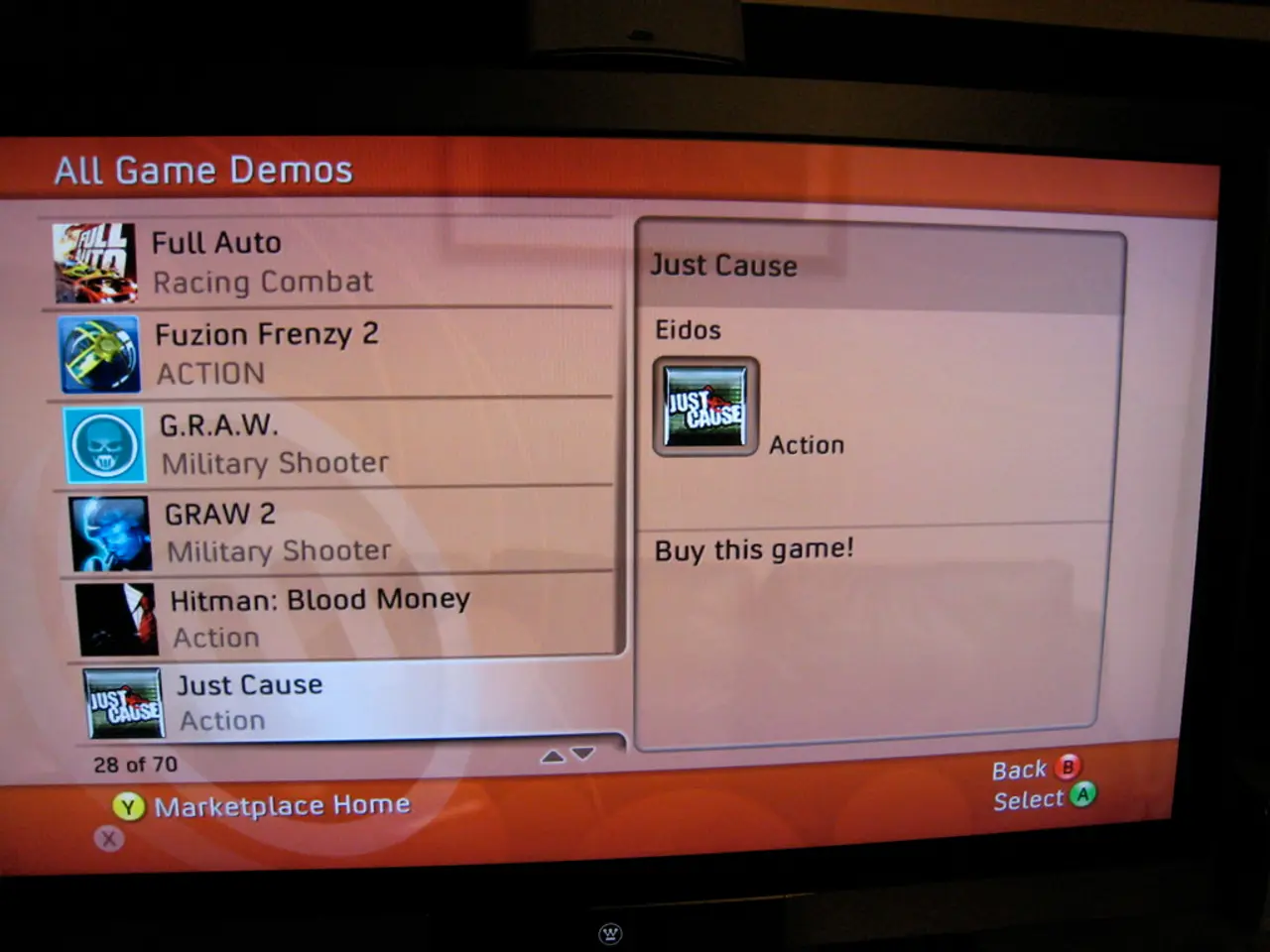Leads the way in multilingual public websites: Bochum's digital city portals in the national language
In a recent analysis conducted by the language learning platform Preply, the multilingualism of public websites of German cities was examined. The focus was on the official websites of city administration, local public transport, and tourism in the specified cities.
The analysis did not provide a comprehensive ranking of cities based on the number of languages offered on their official websites. However, it did offer some interesting insights.
Berlin and Munich, known for their international character and multilingual accessibility, particularly stood out. For instance, Munich, with its status as a major student and international city, ranked highly in terms of multilingual support. Berlin, on the other hand, is recognised as a key multicultural city with services often available in multiple languages.
Germany, as a whole, boasts a diverse linguistic landscape. While German is the dominant native language, with approximately 62 million speakers, there are significant populations speaking Turkish (2.2M) and Low Saxon (2.1M), among others. Cities with higher immigrant or student populations tend to provide more multilingual resources online.
Common practice in major German city websites is to provide official information in German and English, and often additional languages such as Turkish, Arabic, Russian, or Polish, depending on demographic relevance. Tourism sites often add more languages to cater to international visitors.
Bochum, a city that ranked first nationwide in terms of the average number of selectable languages on the websites of city administration, tourism, and public transport, with an average of 117 languages, was a highlight of the study. Bochum's official tourism website, in particular, offers information in an impressive 248 languages using an integrated Google translation tool.
However, the analysis did not provide specific details about Bochum's tourism website beyond this fact. Similarly, it did not specify the exact number of languages offered by Bochum's official websites for city administration and public transport.
Hanover and Dortmund were among the cities analysed. Hanover has an average of approximately 14 languages on its official websites, while Dortmund has an average of around 12.5 languages. The analysis included the 25 most populous German cities.
In conclusion, while there is no authoritative, comprehensive ranking available that specifically lists German cities by the number of languages offered on their official websites, Berlin and Munich can be considered the most multilingual cities in practice. These cities often support multiple languages, primarily German and English, and frequently Turkish due to the large community presence. Exact counts or rankings for the number of languages offered on official websites across German cities, as provided by the sources, are not currently published or systematically tracked.
Technology plays a crucial role in facilitating multilingualism on German city websites, with integrated Google translation tools being common practice. The analysis further highlighted how Berlin and Munich, known for their international character, leverage technology to offer services in multiple languages.




